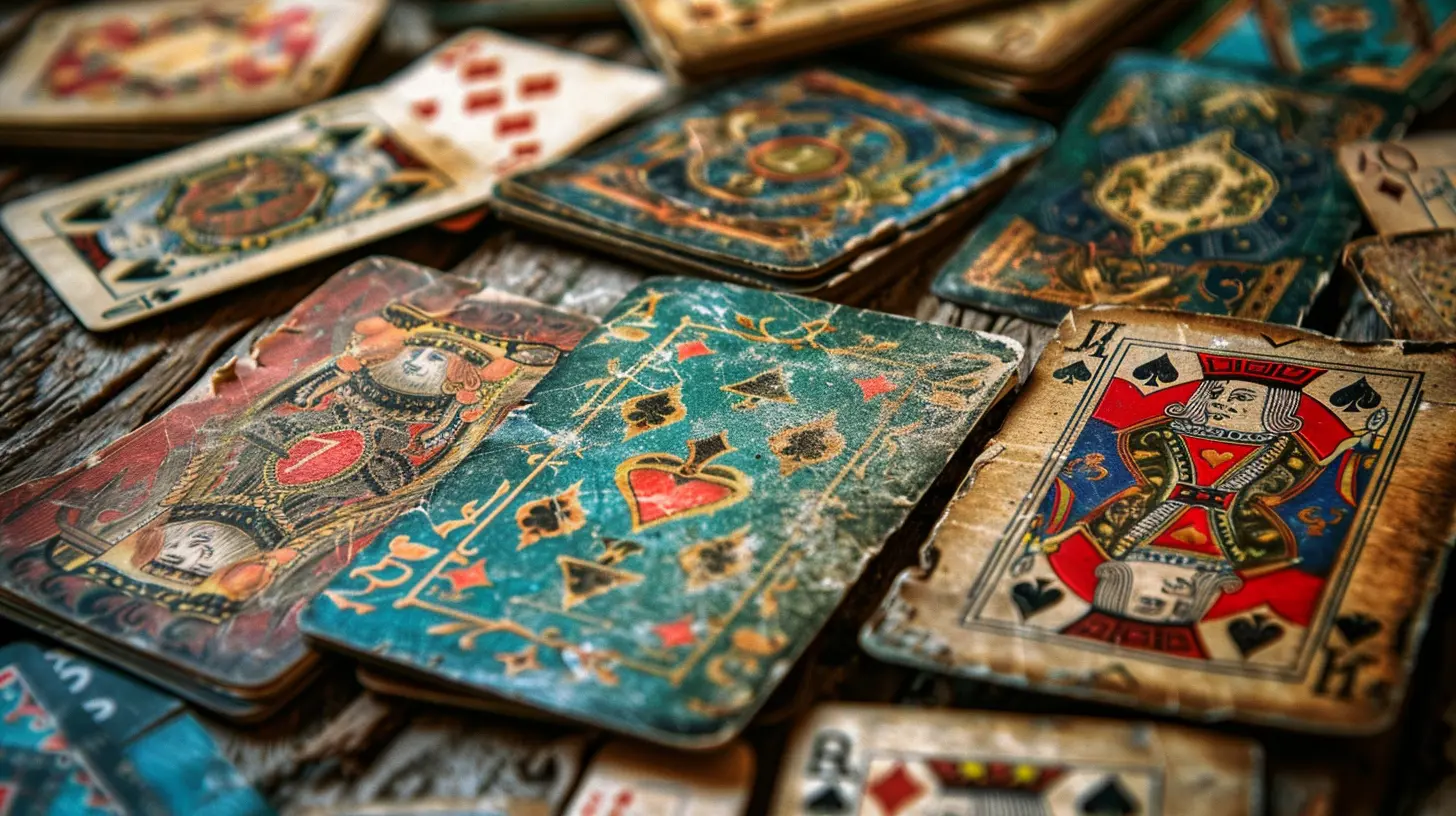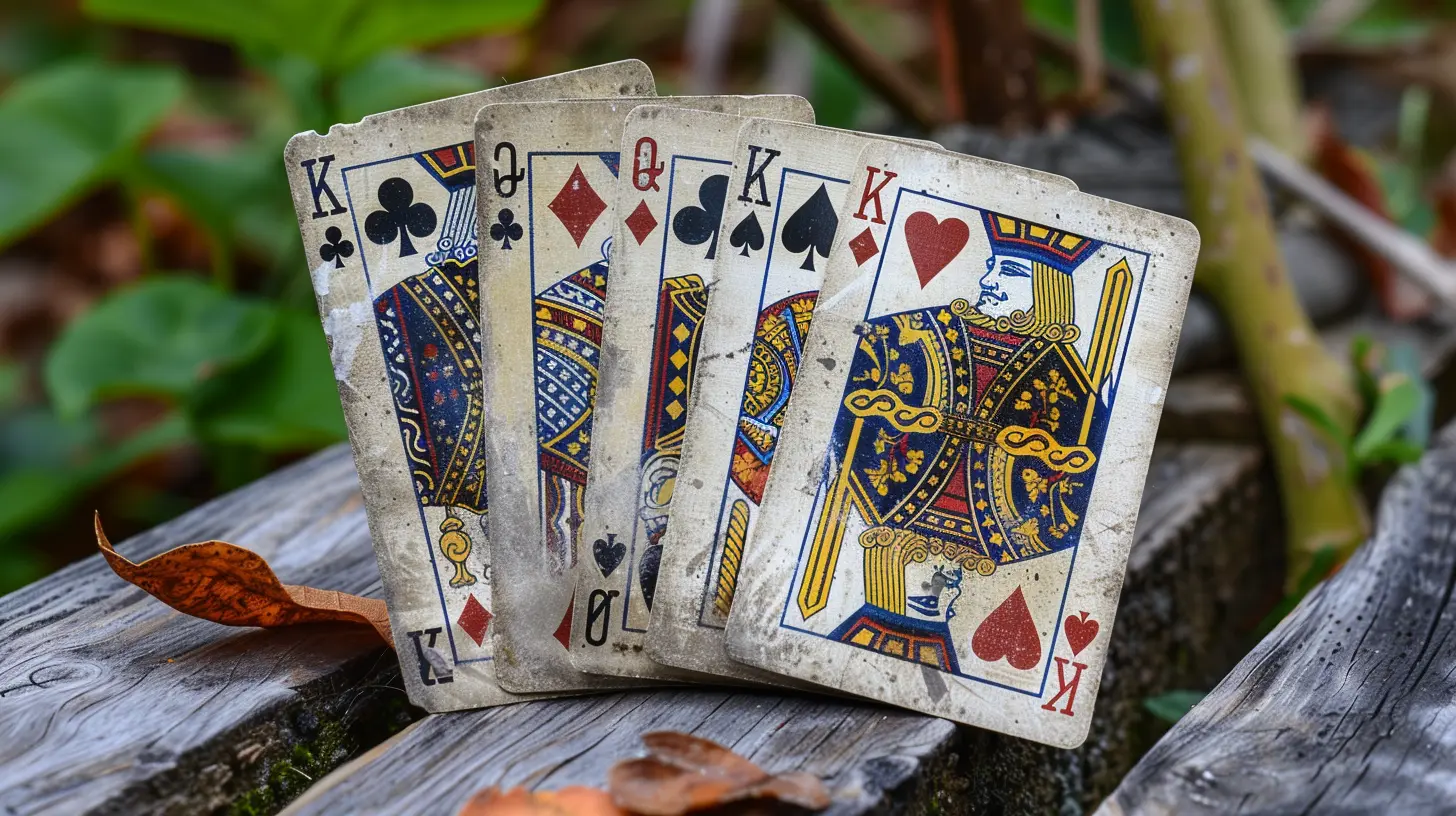How to Teach Your Friends to Play Bridge
30 June 2025
Have you ever tried playing Bridge but felt like it was so complicated it needed its own instruction manual? Maybe you’ve fallen in love with this incredible card game and want to share it with your friends, but you’re not exactly sure where to begin. Don’t worry—you’re not alone! Teaching someone how to play Bridge can feel like trying to explain the rules of another language, but with a little patience, a lot of laughs, and a dash of strategy, you can turn your game night into an exciting new tradition.
In this guide, I’ll walk you through how to introduce your friends to the wonderful world of Bridge without overwhelming them. So, grab a deck of cards and get ready to have some fun together!
Why Teach Your Friends to Play Bridge?
First things first—why should you introduce Bridge to your friends? For starters, it’s more than just a card game; it’s a workout for the brain with a blend of logic, strategy, and teamwork. Plus, Bridge has a way of bringing people together. Once your friends learn the ropes, it can turn into a social ritual, filled with fun competition and camaraderie.And let’s be honest, we’ve all played games like Uno or Poker for the umpteenth time. Teaching Bridge adds variety to your game nights. It’s a bit like learning how to ride a bike—hard at first, but oh so rewarding once you get it!
Start with the Basics, Keep It Simple
When teaching Bridge, the biggest mistake you can make is going all-in with rules and jargon right off the bat. Words like "bidding," "trump suits," or "dummy hand" might fly over your friends’ heads if you throw them in too soon. Think about it: if you’re teaching someone to swim, you wouldn’t toss them into the deep end, right? The same logic applies here.Start with the Objective of the Game
Begin by explaining the big picture. Bridge is essentially a team card game played with a regular 52-card deck, involving two pairs of partners. The goal? To score points by winning more "tricks" than the opposing team. Tricks? A trick is basically a round where each player plays one card, and the highest-ranking card wins.That’s it. For now, don’t worry about the scoring or bidding. Just focus on helping your friends understand that they’re working with a partner to outplay the other side.
Break Down the Gameplay Step by Step
1. The Setup
Explain the setup without rushing. Say something like, “Alright, here’s how we start. We’ll shuffle the deck and deal 13 cards to each player. So yeah, you’re going to have a lot of cards—it’s like holding a novel in your hand, but don’t worry!”Once everyone has their cards, let them take a moment to sort them by suit (Hearts, Diamonds, Clubs, and Spades). Sorting helps your friends visualize the game and gives them something familiar to hang onto.
2. What Is a Trick?
Now, it’s time to introduce the concept of a trick. A trick consists of everyone playing one card in turn, and the highest card wins. The player who wins the trick gets to lead the next one. To keep it chill, you can skip the complicated high-level strategies for now and just focus on the mechanics.Sound boring? Not at all! Pretend you’re hosting a mini-dramatic narrative for every trick. For example: “Oh no, Emily played a King of Spades! Looks like everyone else is doomed this round.”
3. The Trump Card (But Not Yet Bidding!)
Once your group has played a few rounds of tricks and feels more comfortable, sprinkle in the concept of “trump” suits. Trump suits are like the game’s version of a wild card—they outrank every card in other suits. For instance, if Hearts is the trump suit, even the lowest Heart card can beat a King of Clubs.You don’t need to dive into the nitty-gritty of bidding yet. Just let your friends experiment with tricks and trump cards first.
Make It Fun (And Maybe a Little Competitive)
Look, we’ve all played board games with friends where things got a little too heated. Bridge is meant to be competitive, but not in a way that ruins friendships. Keep the mood light by cracking jokes, pointing out funny card combinations, or even creating silly nicknames for each player’s strategy style.For example:
- Bob keeps overthinking every card? Call him "The Analyzer."
- Emily’s throwing random cards out left and right? She’s "The Wild Card."
Injecting humor and good vibes will make your friends feel less intimidated by the steep learning curve.
Introduce Bidding Gradually
Ah, bidding. The part of Bridge that makes beginners sweat. But trust me, it doesn’t have to be hard. Here's how to ease your friends into it:Explain the Purpose of Bidding
Keep it super simple. Bidding is just the way players communicate with their partners about how many tricks they think they can win. It’s like making a bet with your cards.Say something like, “Okay, bidding is teamwork time. You’re basically telling your partner, ‘Hey, I’ve got a lot of Spades, so let’s aim to win X tricks using Spades as the trump suit.’” Keep the numbers low and manageable at first so they don’t get overwhelmed.
Practice Open-Ended Bidding
Start with open-ended bids to ease the pressure. For example, let everyone reveal their hands and talk openly about what they think they can achieve as a team. Think of it as training wheels for the real thing—a safe space to learn the ropes.Practice, Patience, and Pizza
Rome wasn’t built in a day, and your friends won’t master Bridge overnight. That’s okay! Emphasize that practice is key and that mistakes are part of the learning experience. Share some of your own embarrassing Bridge fails to put them at ease. (“I once bid super high with a terrible hand—don’t be like me!”)And you know what pairs perfectly with a Bridge lesson? Pizza (or any snacks, really). Food helps make everything more fun and keeps the energy up during those moments when attention spans start to drift.
Helpful Tools to Speed Up the Process
If your friends are a little lost, there’s no shame in using some aids to help out. You can find apps, Bridge cheat sheets, or even YouTube videos that break things down visually. Tools like these can be lifesavers, especially for visual learners.Pro tip: Print a simple guide with card rankings and a cheat sheet for bidding. Your friends can reference it during the game without constantly asking questions—and they’ll feel like pros in no time.
Keep the Momentum Going
Once your friends have the basics down, keep the enthusiasm alive by scheduling regular game nights. Make it a tradition! Rotate hosting duties, spice up the games with small prizes, or try themed nights (like a 1920s casino theme).And don’t forget to celebrate everyone’s progress. The first time someone successfully bids and wins a contract? That deserves a toast! The more fun you make it, the longer your group will stick with it.
Final Thoughts: Embrace the Journey
Teaching your friends to play Bridge is as much about the journey as the destination. Sure, there might be some moments where they stare blankly at their hand or butcher a bid, but that’s all part of the charm. Remember, Bridge is a game of learning—and laughing! So take it slow, keep the atmosphere relaxed, and focus on having an awesome time together.Who knows? By next year, your crew might be entering local Bridge tournaments and reminiscing about that time you couldn’t stop arguing over trump suits. And if not? Well, at least you’ve created some unforgettable game nights along the way.
all images in this post were generated using AI tools
Category:
Card GamesAuthor:

Kaitlyn Pace
Discussion
rate this article
1 comments
Cash McKeever
Ah, teaching Bridge is like herding cats with a side of confusion! Just remember: patience is key, snacks are essential, and keep a secret stash of chocolate for when they inevitably forget the rules. Good luck turning your friends into Bridge wizards!
July 19, 2025 at 3:34 PM

Kaitlyn Pace
Absolutely! Teaching Bridge can be chaotic, but patience, snacks, and a little chocolate make all the difference. Thanks for the encouragement!


